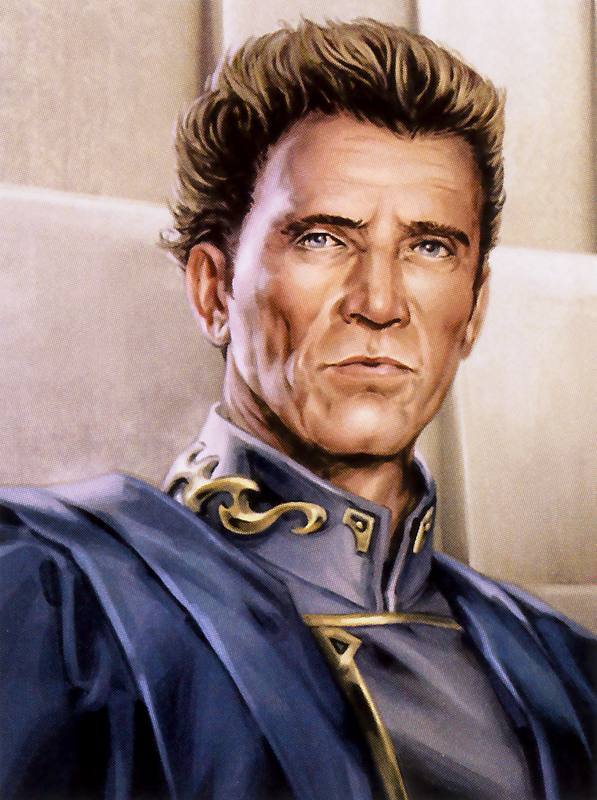The Golden Age of the Old Republic, also known as the Great Reunification, was the period of time that began in 1000 BBY which saw the rebirth of a reformed Galactic Republic after the New Sith Wars which entered into a new age of prosperity and peace with the Sith believed to be all but extinct by the Jedi Order. Supreme Chancellor Tarsus Valorum was seen as its chief architect.
The Golden Age of the Old Republic, also known as the Great Reunification, was a period of time that began around 1000 BBY after the Republic Dark Age during when the Galactic Republic enjoyed long-last prosperity and peace as its decline was reversed, and the militarism and wars that had plagued it for centuries were finally over.
The Jedi Order became more influential, forging a long-lasting peace. Adults were banned from entering, as they proved them to be too volatile and susceptible to the dark side's sway. With the Sith presumed extinct, the Order were determined to completely eradicate all memory of them in under five decades to ensure they never returned.

Tarsus Valorum implemented the Ruusan Reformation and bought about the Golden Age of the Old Republic.
With the end of both the New Sith Wars and the Brotherhood of Darkness in 1000 BBY, Jedi Master Valenthyne Farfalla, as highest ranking surviving Jedi, used his authority to remove the Jedi Order from the position of galactic leadership they had acquired during the past centuries, and hand control back to civilian control. Tarsus Valorum became the first non-Jedi to serve as Supreme Chancellor for six hundred years. Valorum came to power over a Republic in decline, to reverse this. Valorm reached out to the Jedi Order for support, believing that the backing of the Jedi High Council would show a commitment to peace. Valorum then passed the far-reaching reforms known as the Ruusan Reformation, that restructured the Republic and ended the Republic Dark Age. One such reform allowed "functional constituencies," which came to include entities such as corporations, to be granted a delegation in the Senate. The Reformation Act was a critical piece of legislation passed during this period. With these reforms, the Golden Age of the Old Republic began.
After the Unification Policies were enacted, the Galactic Senate was allowed to enforce the regulations in the Republic. Efforts to reunite the Republic however was seen as a form of bullying, as they wanted to keep their star systems out of the Republic. As a result, scattered separatist movements across the galaxy rose up against the legal charges in the Republic. Sometime between 1000 BBY and 900 BBY, the Galactic Republic conducted the Unification Campaigns, in an effort to reunite the Republic.
While the Ruusan Reformations repaired many of the declining aspects of the Republic, it fostered the very things it aimed to remove, the Senate found itself faced with gridlock and greed. ultimately paving the way to the First Galactic Empire in 19 BBY.
- The Official Star Wars Fact File7
- Dining at Dex's on Hyperspace
- The Jedi Path: A Manual for Students of the Force